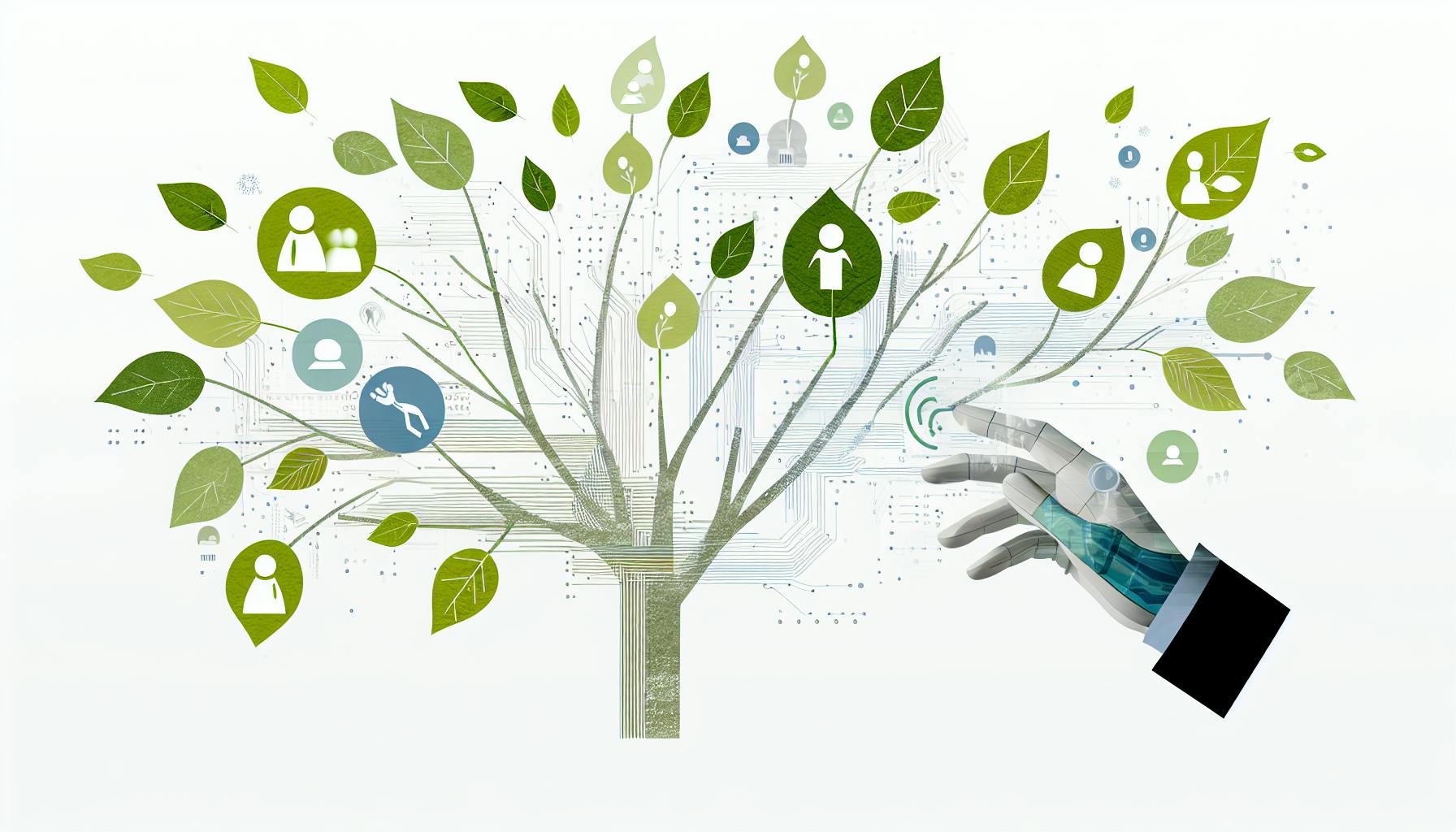With the Great Resignation in the rearview, a more daunting challenge looms with an aging global workforce

As companies grapple with the widespread disruptions of the "Great Resignation," a more formidable challenge looms on the horizon: the dramatic aging of the global workforce. This impending demographic shift threatens to reshape labor markets, cripple productivity, and erase decades of institutional knowledge. Now, more than ever, businesses must brace for what could be the most transformative period in workforce management, demanding innovative strategies to maintain a competitive edge and ensure organizational resilience.
The recent phenomenon dubbed the "Great Resignation" may have seemed like a formidable challenge for companies, but it pales in comparison to the impending crisis posed by an aging global workforce. As the average age of employees across sectors creeps upward, the potential for a far-reaching impact on labor markets, productivity, and institutional knowledge is immense. Companies must prepare now for what could be the most significant shift in workforce dynamics in decades—a shift that will require innovative retention strategies, competitive benefits, inclusivity, and strong corporate cultures to navigate successfully.
The Importance of the Issue
The demographic bubble is a ticking time bomb for many industries. With a substantial percentage of the workforce nearing retirement, the implications are vast. For example, only 10% of large organizations currently have a mature worker retention strategy in place, leaving many potentially unprepared for the wave of retirements. This lack of preparedness could lead to a scenario where the "Great Resignation" seems like mere practice for a more severe labor shortage.
Key Data and Analysis
- Job Market Dynamics: The labor market has undergone significant shifts, marked by a historically balanced ratio of 1:1—one job for every job seeker. During the height of the Great Resignation, this ratio surged to 2.0, reflecting a high number of open positions relative to job seekers. Currently, it stands at 1.4, indicating a more balanced yet still challenging scenario that underscores the ongoing demand for skilled labor amidst evolving market conditions.
- Aging Workforce: The average age of workers in the U.S. is 42, with some industries, such as nursing, experiencing even higher averages, which signals an approaching wave of retirements.
Case Study: Healthcare and the shortage of nurses
Within healthcare, the nursing shortage vividly illustrates the broader challenge. With an aging average age of 52 among registered nurses and significant projected retirements, the industry faces a severe shortfall if not addressed through strategic initiatives. For instance, the nursing function, a cornerstone of healthcare, is facing a significant predicament. With a total nurse population of approximately 4.3 million and 20% of them expected to retire in the next five years, the impact is stark. This translates to about 860,000 positions that will potentially need filling, creating a vacuum that the current rate of 217,000 annual nursing graduates cannot replenish. This scenario mirrors the challenges in other sectors where aging workers are a substantial proportion of the workforce.
Actions to take now to prepare for tomorrow:
As the workforce ages and many employees approach retirement, companies face significant challenges and opportunities in managing demographic shifts. To stay ahead, it is essential to develop strategic approaches that address the diverse needs of an evolving workforce. Addressing these issues requires a nuanced understanding of current workforce demographics, effective retention strategies, and a commitment to creating a supportive and inclusive work environment. This strategy not only prepares organizations for the immediate impacts of these demographic changes but also sets a foundation for long-term success.
Key Solutions to implement:
- Understanding Current Demographics: Actively monitor and analyze the age distribution and tenure of the workforce to anticipate the impact of retirements and identify critical skill gaps.
- Differentiating Compensation, Benefits and Total Rewards: Customize benefits and rewards to cater to diverse employee needs, distinguishing offerings to appeal across different age groups, lifestyles, and career stages. Competitiveness is key, while being market leading in a tough-to-copy employee perk is critical.
- Understanding Employee Churn and Flight Risk: Implement predictive analytics to assess turnover risks and predict flight risks, enabling proactive engagement and retention strategies.
- Treating Employees Well: Foster a respectful and supportive workplace environment that prioritizes employee well-being and satisfaction to enhance loyalty and reduce turnover. 80% of job applicants look at sites like Glassdoor before an interview – How organizations treat employees today lives on forever on job review sites.
- Being Inclusive: Commit to inclusivity in hiring, development, compensating, and promotion practices, as 75% of job seekers prioritize inclusivity in their potential employers.
- Creating a Culture of Excellence and High Performance: Develop a culture that rewards excellence and high performance without fostering toxicity; crucial since 25 to 35% of workers view their company culture as toxic.
- Training Managers to Be Better People and Managers: Invest in leadership development programs that focus on emotional intelligence, people management, and stress reduction, addressing the fact that a third of employees find their manager to be the single largest cause of stress in their day, and are twice as likely to be actively looking for a new job at a different company.
- Comprehensive Employee Listening Programs: Implement ongoing surveying and feedback mechanisms to capture employee perceptions on workplace culture, benefits, and their reasons for joining or leaving, facilitating a holistic understanding that drives targeted improvements in retention and satisfaction.
- Promoting Career Development and Advancement Opportunities: Establish clear career paths and professional development opportunities to empower employees to advance within the organization, thereby boosting engagement, satisfaction, and retention rates.
These suggestions align with best practices for managing workforce changes and can help mitigate the risks associated with an aging workforce and high turnover rates.
Conclusion
Reflecting on the lessons from recent workforce shifts, it's vital to evaluate your organization's readiness for future challenges. The time is now to fortify your strategic approach—develop competitive benefits programs, foster an inclusive culture, and prioritize employee well-being. These steps are essential to ensure that your organization not only survives but thrives amid the inevitable demographic shifts.
Industries must view the demographic shift not just as a challenge but as an opportunity to revitalize and strengthen their workforce strategies. The experiences from the "Great Resignation" should serve as a lesson in the importance of preparing for demographic changes with comprehensive retention strategies, employee benefits, and a strong emphasis on corporate culture.

